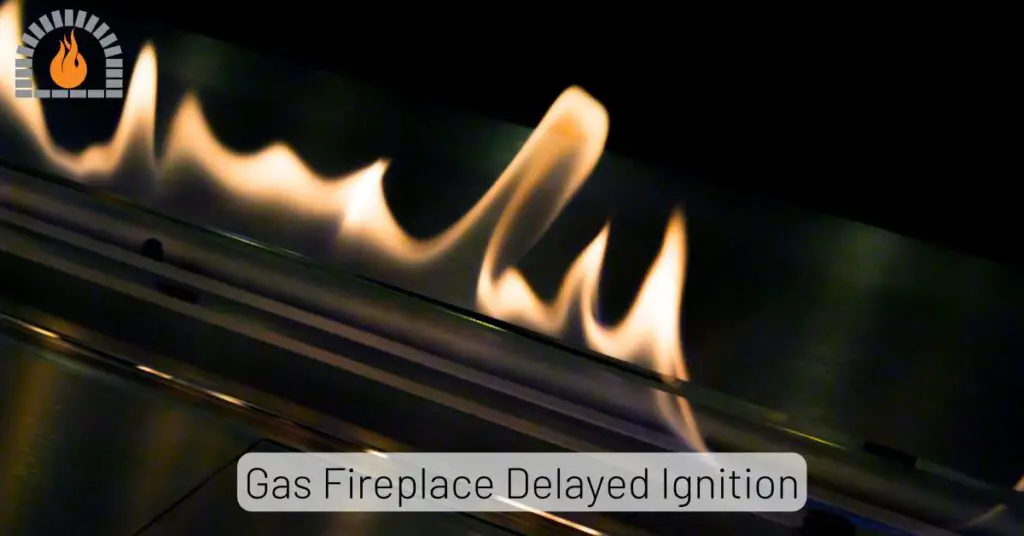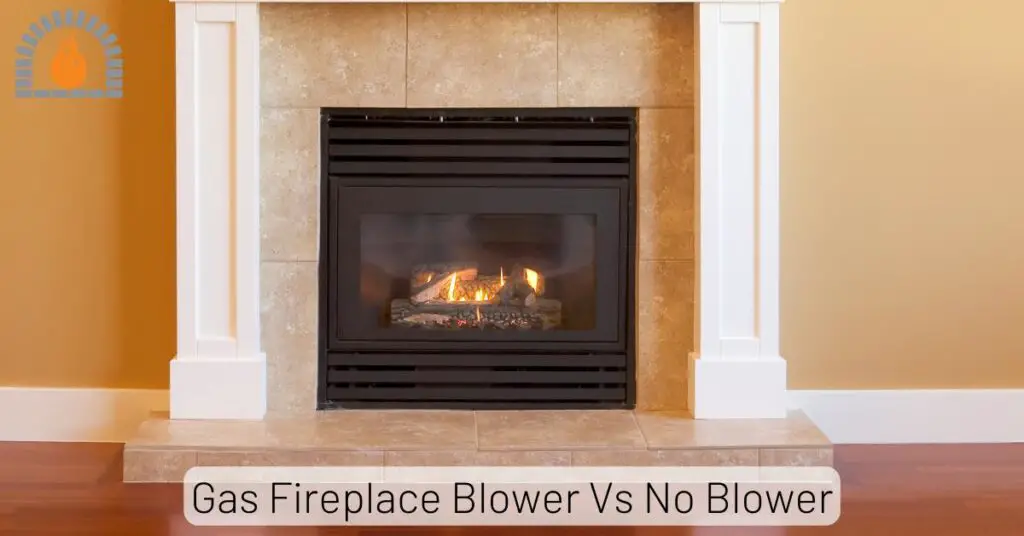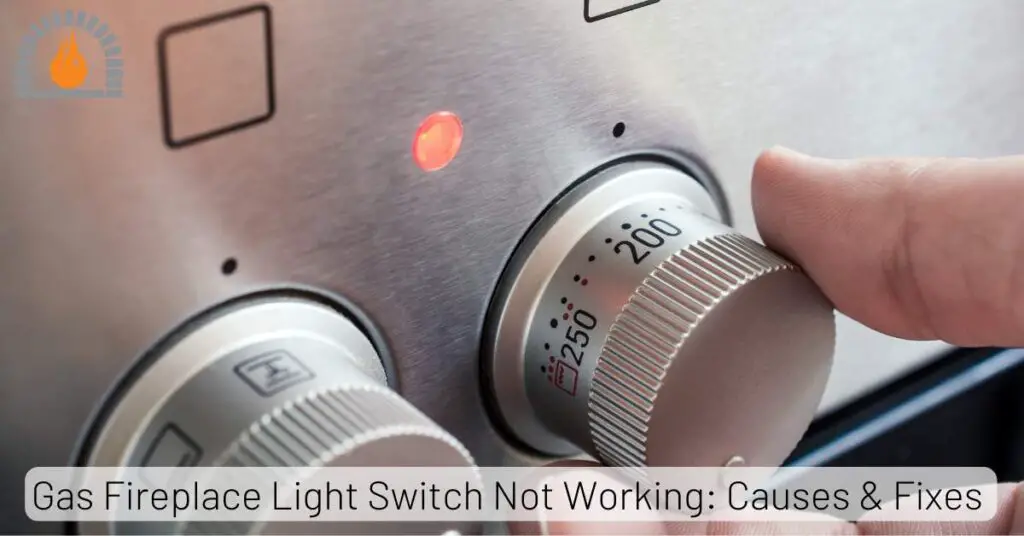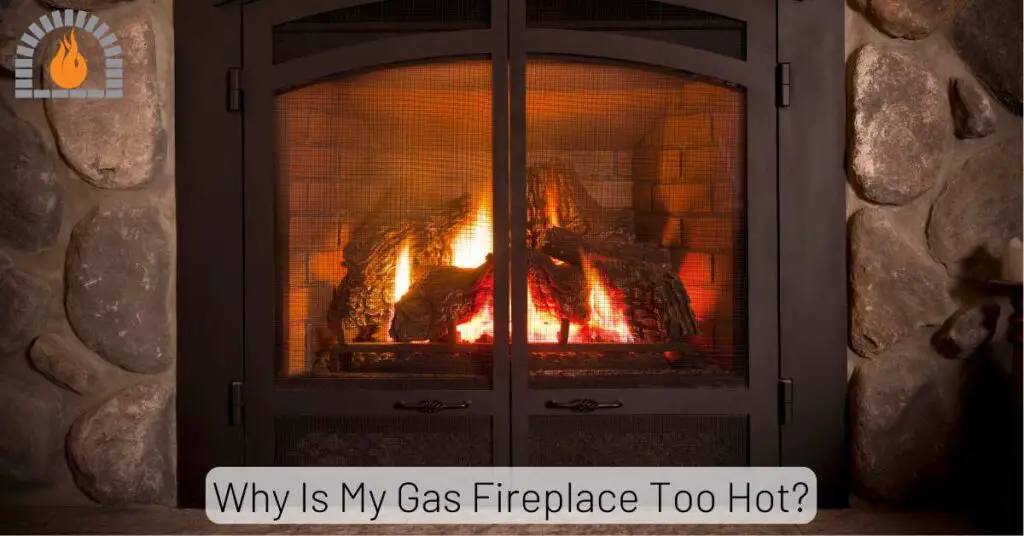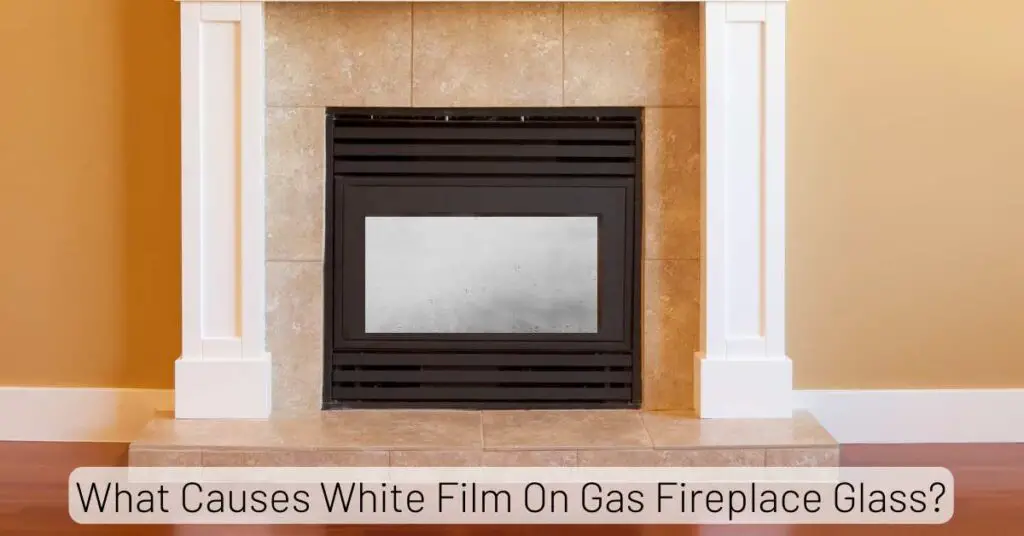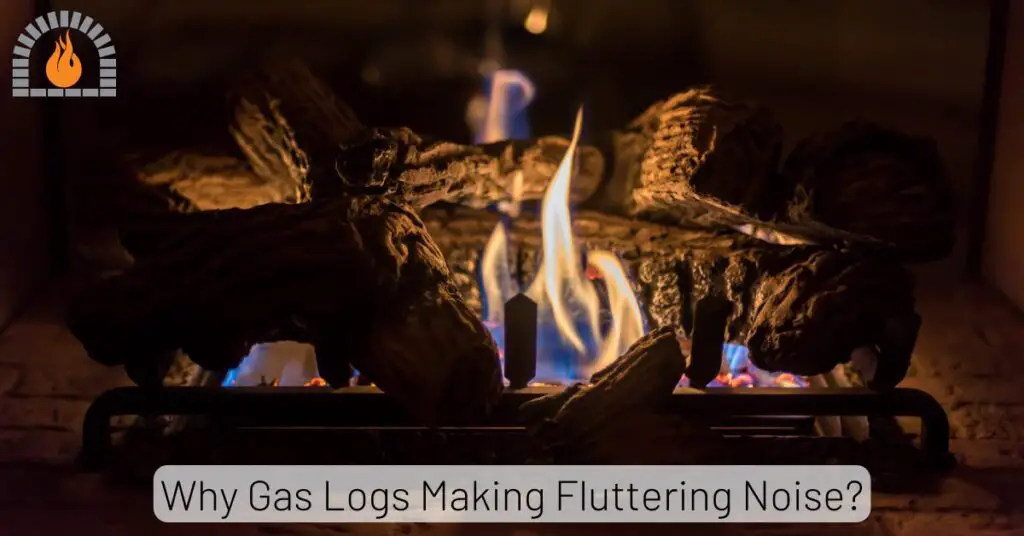When it comes to ensuring optimal performance in propane-fueled systems, the air mixer for propane kit plays a crucial role in achieving the perfect air-to-fuel ratio. However, like any mechanical component, propane air mixer kits can encounter issues over time, leading to inefficiencies and potential safety hazards.
Whether you’re experiencing uneven heating, fluctuating burner flames, or difficulty starting your system, understanding how to troubleshoot and replace your propane air mixer kit can save you time, money, and frustration.
In this blog post, we’ll explore common problems associated with propane air mixer kits, provide step-by-step troubleshooting tips, and guide you through the replacement process to keep your system running smoothly and efficiently.
| Image | Product | Details | Price |
|---|---|---|---|
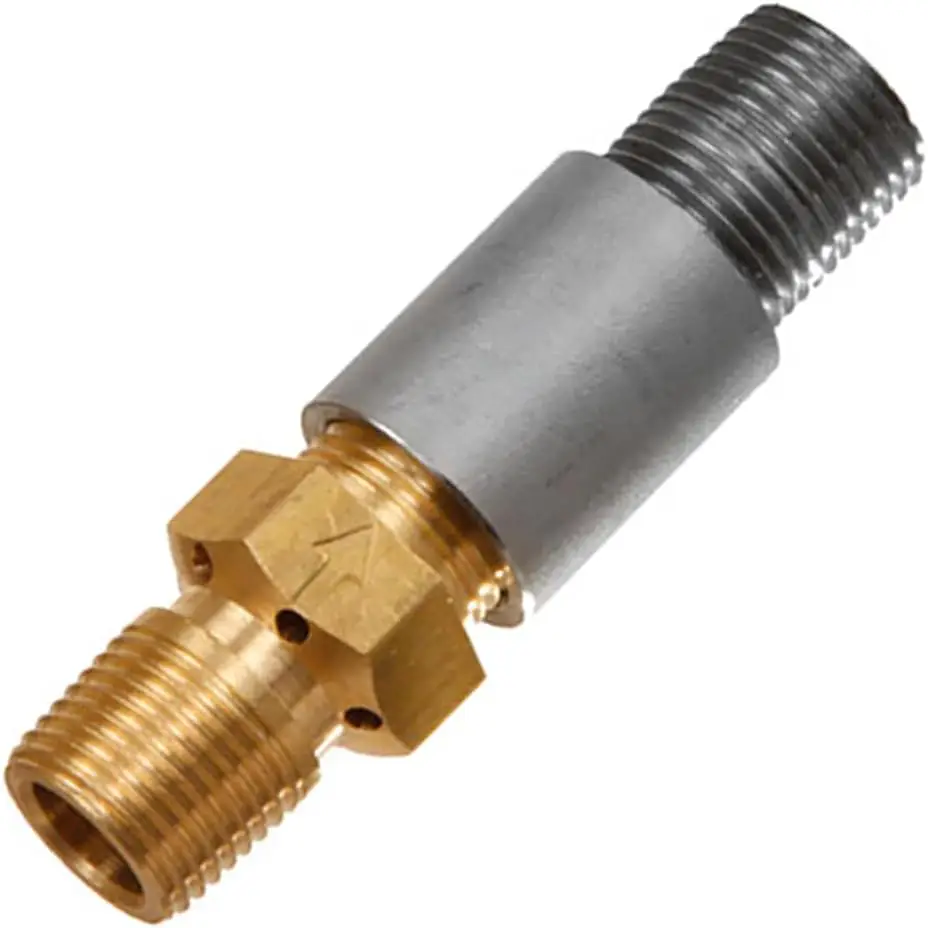 |
Propane Air Mixer Kit | For propane (LP) only Air mixer orifice drilled for 40,000 BTU Includes brass orifice, 1/2 inch coupler, and 1/2 inch close nipple All fittings are 1/2 inch NPT male or female threads |
Check Price |
Function of LP Propane Air Mixer Kit
The LP Propane Air Mixer Kit serves a vital function in propane combustion systems, particularly in applications like fire pits and outdoor heaters. Its primary role is to mix air with propane gas just before combustion, which enhances the efficiency of the burning process.
This mixing results in a cleaner and hotter flame, minimizing the production of soot that can accumulate on burners and surrounding surfaces. The air mixer operates based on the Venturi effect, where the design of the mixer creates a vacuum that draws in air as propane flows through it.
This ensures that the propane burns more completely, reducing unburned carbon emissions and improving overall performance. Without an air mixer, propane systems can produce undesirable black soot, detracting from the aesthetic appeal of features like fire pits.
Thus, incorporating an LP air mixer for propane is essential for achieving optimal combustion and maintaining the cleanliness of your outdoor fire features.
When Do You Need to Replace the Air Mixer for Propane?
Replacing the air mixer for propane is necessary when you encounter specific issues that affect the performance and safety of your propane system.
Here are key indicators that it may be time for a replacement:
Gas Leaks: If you notice gas leaking from the air mixer, it could indicate a malfunction. Common causes include reverse pressure or blockages, which can lead to dangerous situations.
Inconsistent Flame: A fluctuating or uneven flame can signal that the air mixer is not properly mixing air with propane. This can result in poor combustion, leading to excessive soot buildup and inefficient burning.
Obstructions: If your air mixer is clogged with debris, such as spider webs or other obstructions, it may not function effectively. Regular inspections are essential, and if cleaning does not resolve the issue, replacement may be necessary.
Physical Damage: Any visible cracks or damage to the air mixer can compromise its integrity and performance. If the component appears worn or broken, it should be replaced immediately to avoid further issues.
Installation Issues: Incorrect installation can lead to various problems, including gas flow restrictions. If you suspect improper installation and troubleshooting does not help, consider replacing the air mixer to ensure correct function.
Age and Wear: Over time, components can wear out due to exposure to heat and gas. If your air mixer has been in use for several years and shows signs of wear, replacing it might be a proactive measure to maintain system efficiency.
Key Components of a Propane Air Mixer Kit
Propane Regulator
The propane regulator is critical in controlling the pressure of propane gas before it enters the air mixer. It ensures the gas flow remains steady, which is vital for maintaining a consistent flame.
Air Mixer Valve
The air mixer valve is the heart of the kit. It combines propane with air in the right proportions. This valve is designed to allow precise control over the air intake, ensuring the proper fuel-to-air ratio.
Burner Assembly
The burner assembly is where the mixed propane and air ignite to create a flame. It must be compatible with the air mixer to ensure efficient combustion.
LP Propane Air Mixer Common Issues & Fixes
1. Gas Leaks
Gas leaks can occur when there is a failure in the connections between the propane tank, air mixer, and burner. This can happen due to reverse pressure, where gas is forced backward from the burner towards the tank. Gas leaks are dangerous and can lead to fire hazards.
Fix:
- Check all fittings and connections for tightness. Look for any signs of wear or damage.
- Ensure that there are no blockages in the gas line that could cause back pressure.
- Apply a mixture of soap and water to the connections. If bubbles form, you have a leak that needs addressing.
- If you find any damaged fittings or hoses, replace them immediately.
2. Obstructions from Debris
Debris such as spider webs, dirt, or other obstructions can block the air intake holes of the air mixer. This leads to insufficient airflow, which disrupts the proper mixing of air and propane.
Fix:
- Carefully detach the air mixer from the burner.
- Use compressed air or a small brush to remove any debris from the air intake holes.
- Check the area around the mixer for potential nesting sites or debris accumulation and clean as necessary.
3. Improper Installation
If the air mixer is not installed correctly such as being oriented in the wrong direction or if components are out of order this can lead to operational inefficiencies.
Fix:
- Ensure that any directional arrows on the air mixer point towards the burner.
- Confirm that all components (regulator, key valve, and air mixer) are installed in the correct order as per manufacturer specifications.
- Refer to installation manuals for specific guidance on your model.
4. Blocked Burner Holes
If some holes on the burner are not producing flames or have irregular flame patterns, it may indicate blockages within those holes.
Fix:
- If your burner has sand or other covering materials, carefully remove them.
- Look closely at each burner hole for blockages.
- Use a small wire brush or needle to clear any obstructions from the holes.
5. Excessive Tightening of Fittings
Over-tightening caps or feeder pipes can restrict gas flow to the burner rings, leading to poor combustion performance.
Fix:
- Carefully loosen any overly tight fittings without removing them completely.
- Ensure that fittings are snug but allow for adequate gas flow without obstruction.
- After adjustments, test your system to ensure proper flame behavior.
6. Flame Issues
Flames igniting at the burner orifice instead of at the burner itself can indicate improper mixing of fuel and air, resulting in inefficient combustion and potential safety risks.
Fix:
- Slightly adjust the position of the burner to improve airflow around it.
- Some mixers have adjustable settings; consult your manual to see if adjustments can be made to enhance mixing efficiency.
- After making adjustments, observe flame behavior during operation. A steady blue flame indicates proper combustion.
How to Choose the Right Propane Air Mixer Kit
When choosing a propane air mixer kit, consider the size of your propane system, the intended application, and compatibility with existing equipment. Look for kits designed to handle your system’s pressure and flow requirements.
Selecting the correct size is crucial. An undersized air mixer will not provide enough airflow, while an oversized one can dilute the propane too much. Check the specifications to ensure compatibility with your propane burner.
Always opt for kits that meet industry safety standards. Look for certifications like CSA (Canadian Standards Association) or UL (Underwriters Laboratories) to ensure quality and reliability.
Installation Guide for Installing Air Mixer for Propane
Tools and Materials Needed
- Adjustable wrenches
- Teflon tape or pipe thread sealant
- A propane regulator
- Properly sized connectors and hoses
- The air mixer kit components
Step-by-Step Installation Process
- Ensure the propane tank valve is completely closed to prevent gas flow during installation. Safety first!
- Connect the propane regulator to the tank’s valve. Use Teflon tape on the threads to create a gas-tight seal.
- Attach the air mixer valve to the regulator or hose, depending on your setup. Ensure the connections are secure and leak-free.
- Attach the other end of the air mixer to your propane burner. Double-check that the fittings match the size and type of your system.
- Once all connections are in place, turn on the propane supply slightly and use a soapy water solution to check for leaks. If bubbles form, tighten the connections.
- Test the burner and adjust the air mixer valve to achieve a clean, blue flame, which indicates optimal combustion.
Common Mistakes to Avoid
- Using incorrect thread sealants, which may degrade over time.
- Skipping the leak test, which could lead to hazardous conditions.
- Selecting a poorly matched air mixer for your burner system.
FAQs
Can You Use Propane Without an Air Mixer?
Yes, but the system will not operate efficiently or safely. Without an air mixer, propane combustion may result in sooty flames, higher fuel consumption, and increased emissions. Using an air mixer ensures optimal performance.
What Size Air Mixer Do I Need?
The size of the air mixer depends on your propane burner and the BTU (British Thermal Units) rating of your system. Refer to the manufacturer’s specifications to select the correct size for your application.
How Long Do Air Mixer Kits Last?
With proper maintenance, a high-quality air mixer kit can last several years. Routine cleaning and inspection will help extend its lifespan and prevent performance issues.
Why is my propane flame yellow instead of blue?
Yellow flames indicate incomplete combustion due to an improper air-to-propane ratio. Adjust your air mixer to increase airflow.
Is it safe to use propane indoors with an air mixer kit?
Yes, but proper ventilation is essential to avoid gas buildup and ensure safety.
Can I install a propane air mixer kit myself?
Yes, with the proper tools and knowledge. However, if you’re unsure, it’s always safer to hire a professional.
What happens if my air mixer is too large for my system?
An oversized air mixer may dilute the propane too much, leading to poor combustion and weak flames.
How do I know if my air mixer is working correctly?
A properly functioning air mixer produces a clean, blue flame with minimal soot or noise.
Affiliate Disclosure: Fireplaceadviser.com is a participant in the Amazon Services LLC Associates Program. We may earn a commission when you click on certain links on this site and purchase.

Hello!! I am Jamal Khan. I often fix my home electric heaters and gas stove problems and research the common issues in the heating units to improve my knowledge and expertise. The aim of establishing fireplaceadviser.com is to share my expertise and knowledge with my audience.







